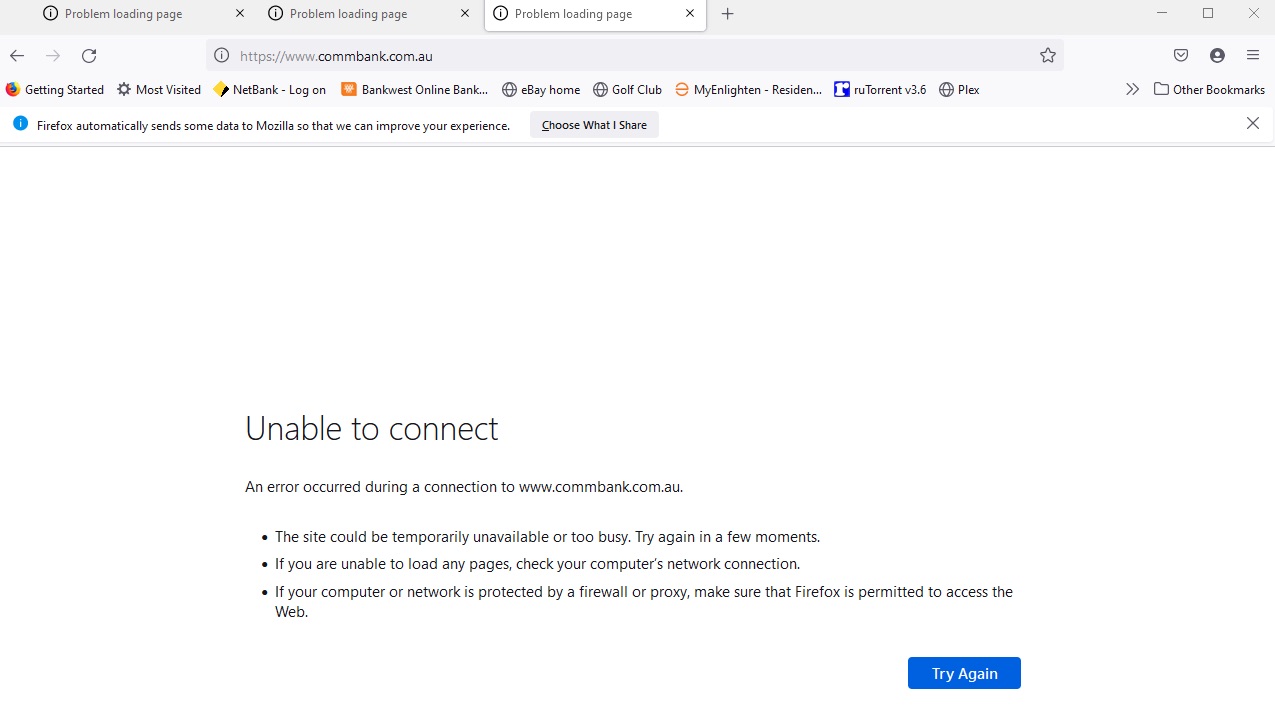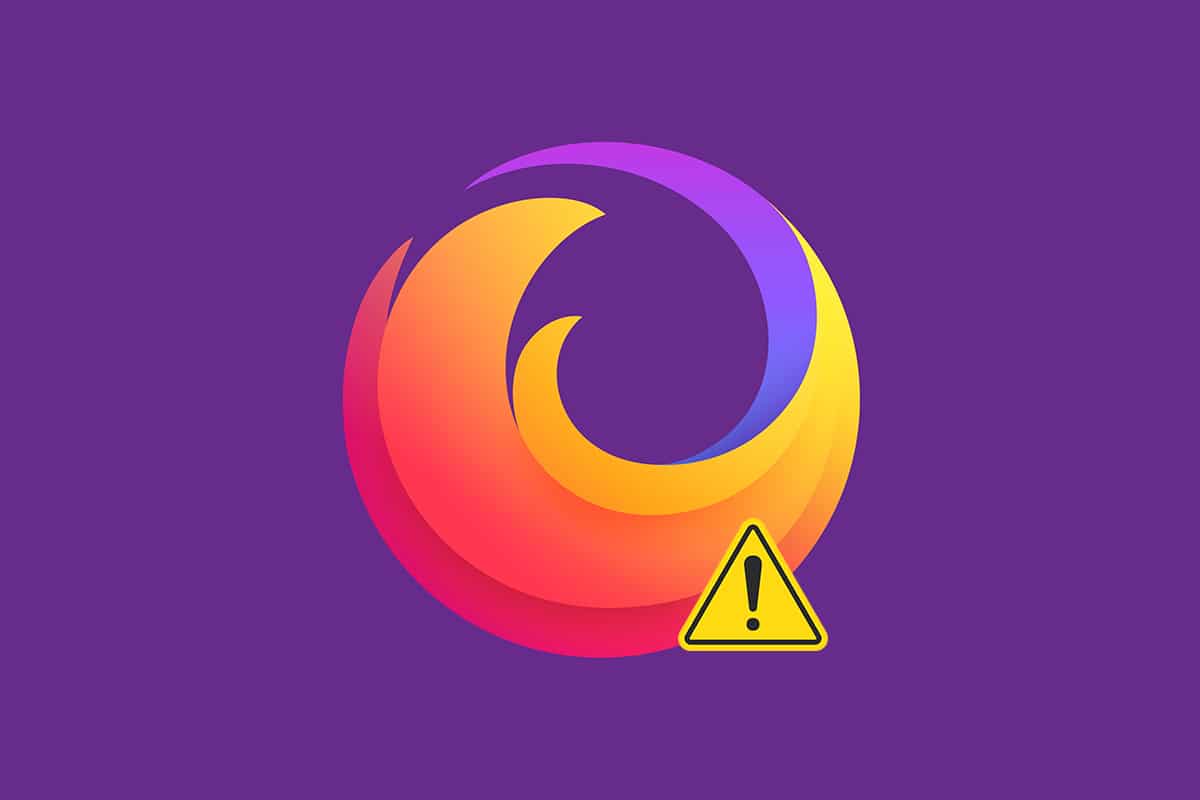Introduction
When browsing the web, encountering the "Your Connection Is Not Secure" error message can be a frustrating experience. This warning, often displayed in popular web browsers like Firefox, serves as a cautionary signal that the website you are attempting to access may not be safe. While it may seem alarming at first glance, understanding the reasons behind this error and learning how to address it can help alleviate concerns and ensure a secure browsing experience.
In this comprehensive guide, we will delve into the intricacies of the "Your Connection Is Not Secure" error in Firefox. By exploring the common causes of this issue and providing practical solutions, you will gain valuable insights into troubleshooting and resolving this error effectively. Whether you are a seasoned web user or a newcomer to the digital landscape, this article aims to equip you with the knowledge and tools necessary to navigate and overcome this common browsing obstacle.
As we embark on this journey to demystify the "Your Connection Is Not Secure" error, it's important to approach the topic with a sense of curiosity and a willingness to unravel the complexities of web security. By the end of this guide, you will not only be adept at addressing this specific error in Firefox but also gain a deeper understanding of the broader concepts of online security and encryption. So, let's embark on this enlightening exploration and empower ourselves with the expertise to conquer the "Your Connection Is Not Secure" error in Firefox.
Understanding the "Your Connection Is Not Secure" Error
The "Your Connection Is Not Secure" error message serves as a crucial warning sign that appears when Firefox detects potential security risks associated with a website. This alert is designed to notify users that the connection between their browser and the website they are attempting to access is not adequately secured. It is important to recognize that this error is not exclusive to Firefox and can manifest in other web browsers as well.
At its core, this error is closely linked to the implementation of secure communication protocols between web servers and browsers. When a website fails to establish a secure connection, Firefox intervenes by displaying the "Your Connection Is Not Secure" message, prompting users to exercise caution before proceeding.
The primary cause of this error often stems from issues related to SSL/TLS (Secure Sockets Layer/Transport Layer Security) certificates. These certificates play a pivotal role in encrypting data transmitted between a user's browser and a website's server, safeguarding sensitive information from potential eavesdropping and tampering. When a website's SSL/TLS certificate is misconfigured, expired, or self-signed, Firefox interprets this as a potential security vulnerability, triggering the "Your Connection Is Not Secure" warning.
Furthermore, the error may also be indicative of attempts by malicious entities to intercept or manipulate the data being transmitted between the user and the website. In such cases, Firefox acts as a vigilant guardian, alerting users to the potential risks and advising against proceeding to the insecure website.
It is important to note that while encountering the "Your Connection Is Not Secure" error can evoke concerns about the safety of a website, it also underscores the proactive measures implemented by modern web browsers to prioritize user security. By understanding the underlying mechanisms of this error, users can make informed decisions when navigating the web, ensuring that their online interactions are safeguarded against potential threats.
In the subsequent sections, we will delve into the common causes of the "Your Connection Is Not Secure" error and explore effective strategies to address and resolve this issue in Firefox. By gaining a deeper understanding of the intricacies surrounding this error, users can navigate the digital landscape with confidence and assurance, knowing how to identify and mitigate potential security risks effectively.
Common Causes of the Error
The "Your Connection Is Not Secure" error in Firefox can stem from various underlying causes, each contributing to the disruption of a secure connection between the browser and the intended website. Understanding these common triggers is essential for effectively diagnosing and resolving this issue. Let's explore the prevalent causes of this error:
-
SSL/TLS Certificate Issues: One of the primary culprits behind the "Your Connection Is Not Secure" error is related to SSL/TLS certificate problems. When a website's SSL/TLS certificate is expired, self-signed, or improperly configured, Firefox interprets the connection as insecure, triggering the warning message. This often occurs when website administrators fail to renew their SSL/TLS certificates or misconfigure them during the setup process.
-
Mixed Content: Websites that incorporate a mix of secure (HTTPS) and non-secure (HTTP) content can trigger the "Your Connection Is Not Secure" error. When a secure website attempts to load resources, such as images, scripts, or stylesheets, from non-secure sources, Firefox deems the connection insecure. This can occur due to oversight during website development or when external resources are not served over HTTPS.
-
Outdated Browser: Using an outdated version of Firefox can also lead to the display of the "Your Connection Is Not Secure" error. Older browser versions may lack the necessary security updates and protocols, causing them to flag secure connections as insecure. Updating Firefox to the latest version can often resolve this issue.
-
Security Software Interference: Certain security software or browser extensions installed on a user's system can interfere with the secure connection process, leading to the "Your Connection Is Not Secure" error. Overly aggressive firewall settings, antivirus programs, or browser extensions designed to intercept or inspect network traffic can inadvertently disrupt secure connections, prompting Firefox to display the warning message.
-
Domain Mismatch: When the domain listed on a website's SSL/TLS certificate does not match the actual domain being accessed, Firefox raises the "Your Connection Is Not Secure" alert. This can occur when accessing subdomains or when website configurations are not aligned with the SSL/TLS certificate details.
By recognizing these common causes of the "Your Connection Is Not Secure" error, users can effectively troubleshoot and address this issue in Firefox. In the subsequent section, we will delve into practical strategies and solutions to resolve this error, empowering users to navigate the web securely and confidently.
How to Fix the "Your Connection Is Not Secure" Error
Resolving the "Your Connection Is Not Secure" error in Firefox involves implementing targeted solutions to address the underlying causes of the issue. By employing the following strategies, users can effectively mitigate this error and ensure a secure browsing experience:
1. Verify SSL/TLS Certificate Validity:
- When encountering the error message, users can first verify the validity of the website's SSL/TLS certificate. This can be done by clicking on the padlock icon in the address bar, which provides details about the certificate's status and expiration date. If the certificate is expired or self-signed, contacting the website administrator to rectify the issue is essential.
2. Update Firefox:
- Ensuring that Firefox is running the latest version is crucial for addressing potential security vulnerabilities. Users can check for updates by navigating to the browser's settings and selecting the "About Firefox" option. Updating to the latest version can resolve compatibility issues and ensure that the browser incorporates the latest security protocols.
3. Clear Browser Cache and Cookies:
- Clearing the browser cache and cookies can eliminate potential conflicts that may trigger the "Your Connection Is Not Secure" error. By removing stored data, users can initiate a fresh connection attempt, potentially resolving the issue caused by outdated or conflicting information.
4. Disable or Modify Security Software:
- Certain security software or browser extensions may inadvertently interfere with secure connections, leading to the error message. Users can temporarily disable or modify the settings of security programs, firewalls, or browser extensions to determine if they are contributing to the issue.
5. Check for Mixed Content:
- Websites incorporating mixed content, where secure pages load non-secure resources, can trigger the error. Users can inspect the page's resources and ensure that all elements are served over HTTPS. Website administrators can address this issue by updating resource links to secure protocols.
6. Verify Domain Matching:
- When accessing subdomains or specific pages, ensuring that the domain listed on the SSL/TLS certificate matches the accessed domain is crucial. Users can cross-verify the certificate details with the website's URL to confirm domain alignment.
By implementing these targeted strategies, users can effectively troubleshoot and resolve the "Your Connection Is Not Secure" error in Firefox. These proactive measures not only address the immediate error but also contribute to a heightened awareness of web security best practices. With a comprehensive understanding of these solutions, users can navigate the digital landscape with confidence, knowing how to address potential security concerns effectively.
Conclusion
In conclusion, the "Your Connection Is Not Secure" error in Firefox serves as a critical indicator of potential security vulnerabilities when accessing websites. By unraveling the intricacies of this error and understanding its common causes, users can navigate the digital landscape with heightened awareness and confidence. As we reflect on the insights gained from this guide, it becomes evident that proactive measures and targeted solutions are instrumental in addressing and resolving this error effectively.
By recognizing the common triggers of the "Your Connection Is Not Secure" error, including SSL/TLS certificate issues, mixed content, outdated browsers, security software interference, and domain mismatches, users are empowered to diagnose and troubleshoot this issue with precision. This heightened awareness not only fosters a deeper understanding of web security but also equips users with the expertise to safeguard their online interactions effectively.
The practical strategies outlined in this guide, such as verifying SSL/TLS certificate validity, updating Firefox, clearing browser cache and cookies, and addressing mixed content and domain mismatches, offer actionable steps to mitigate the error and ensure secure browsing experiences. These solutions not only address the immediate error but also contribute to a culture of proactive security consciousness, enabling users to navigate the web with confidence and assurance.
Furthermore, the "Your Connection Is Not Secure" error underscores the proactive measures implemented by modern web browsers, including Firefox, to prioritize user security. By leveraging these built-in security features and understanding the nuances of secure connections, users can make informed decisions when accessing websites, ensuring that their online interactions are shielded from potential threats.
As we embrace the knowledge gained from this guide, it is essential to approach web security with a sense of vigilance and curiosity. By staying informed about evolving security best practices and remaining proactive in addressing potential security concerns, users can fortify their digital experiences and contribute to a safer and more secure online environment for all.
In essence, the journey to conquer the "Your Connection Is Not Secure" error in Firefox transcends mere troubleshooting; it embodies a commitment to fostering a culture of informed and empowered web users. Armed with the insights and strategies presented in this guide, users are poised to navigate the digital landscape with resilience and confidence, knowing how to address and mitigate potential security risks effectively.

























